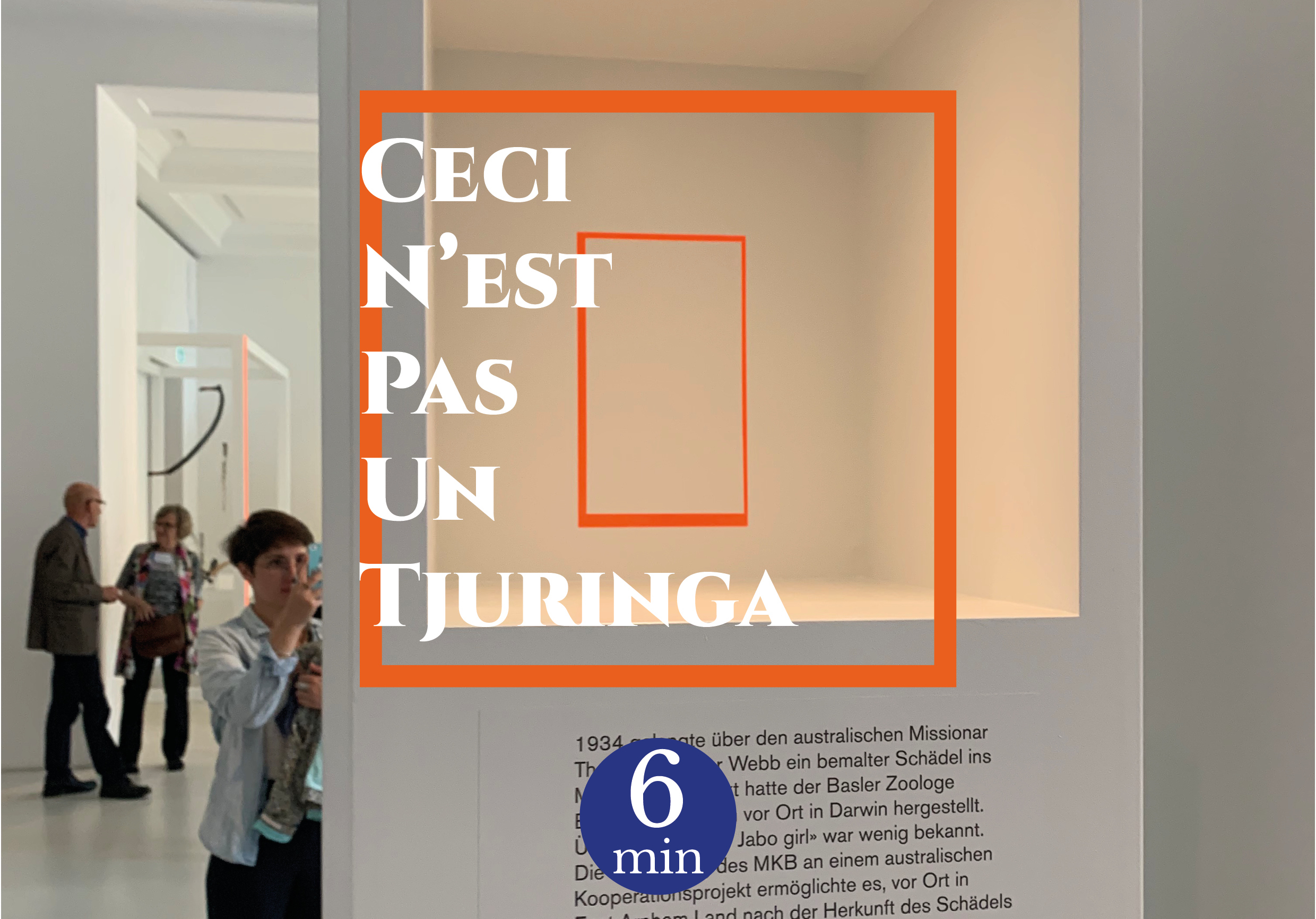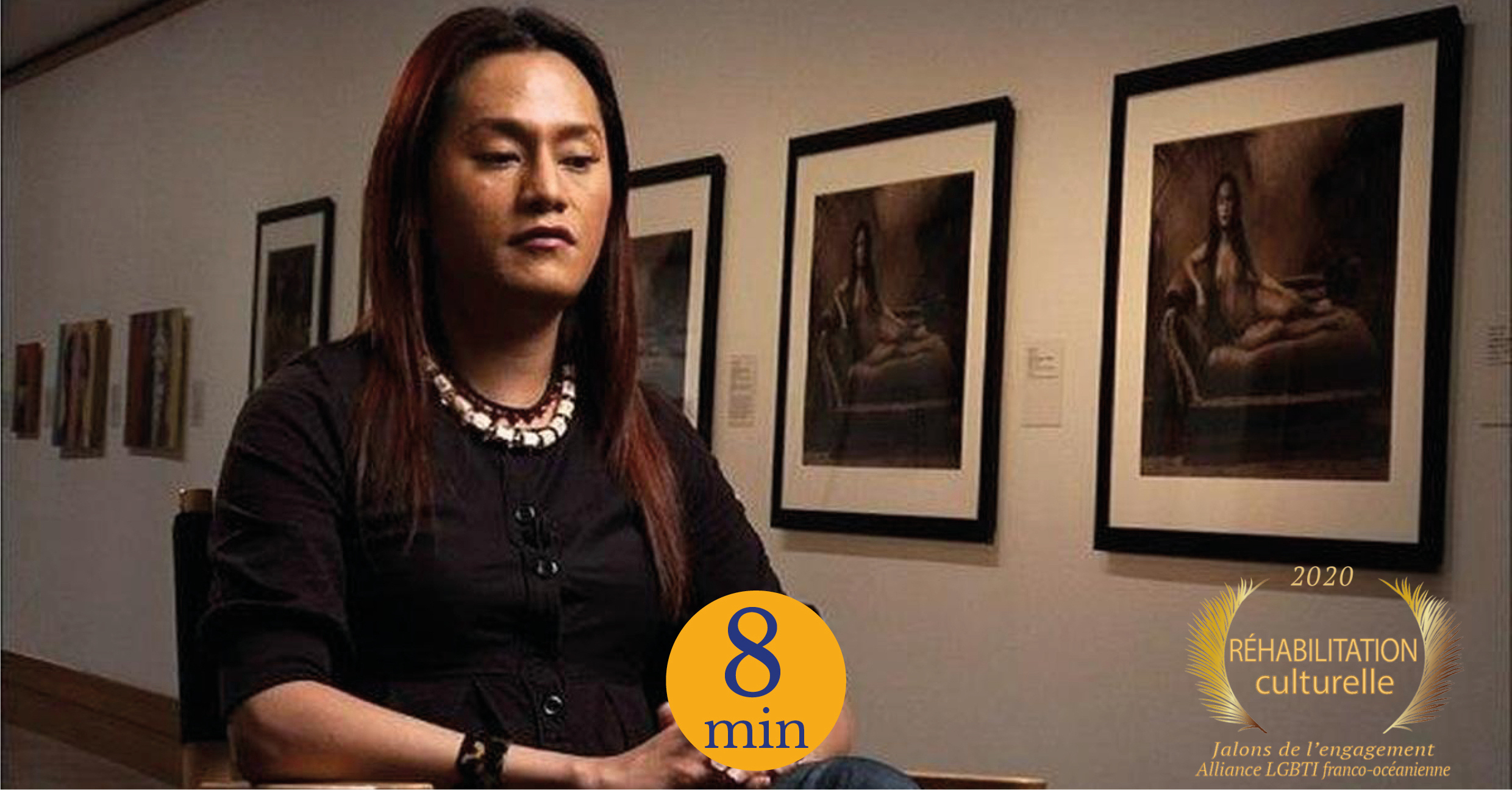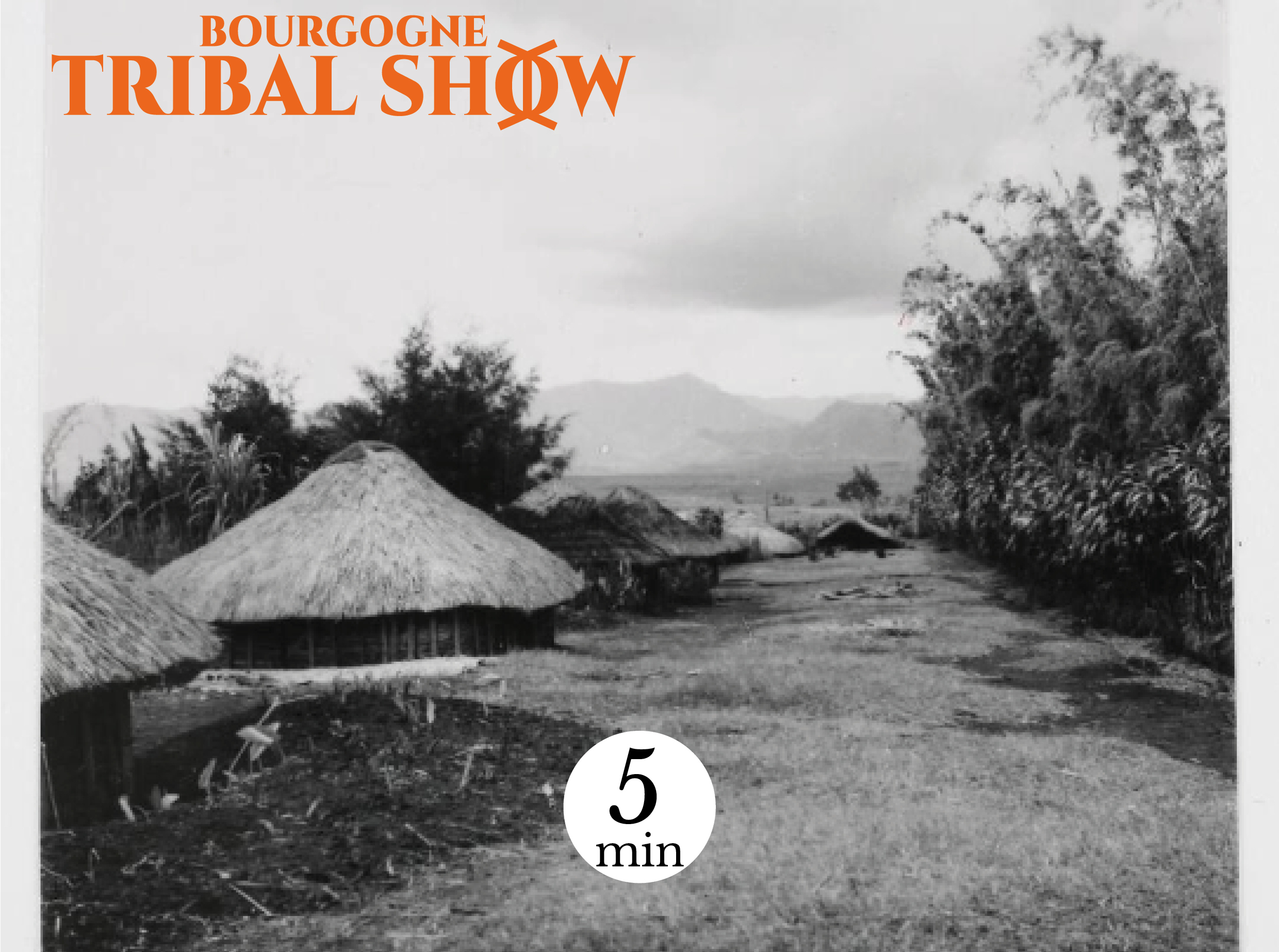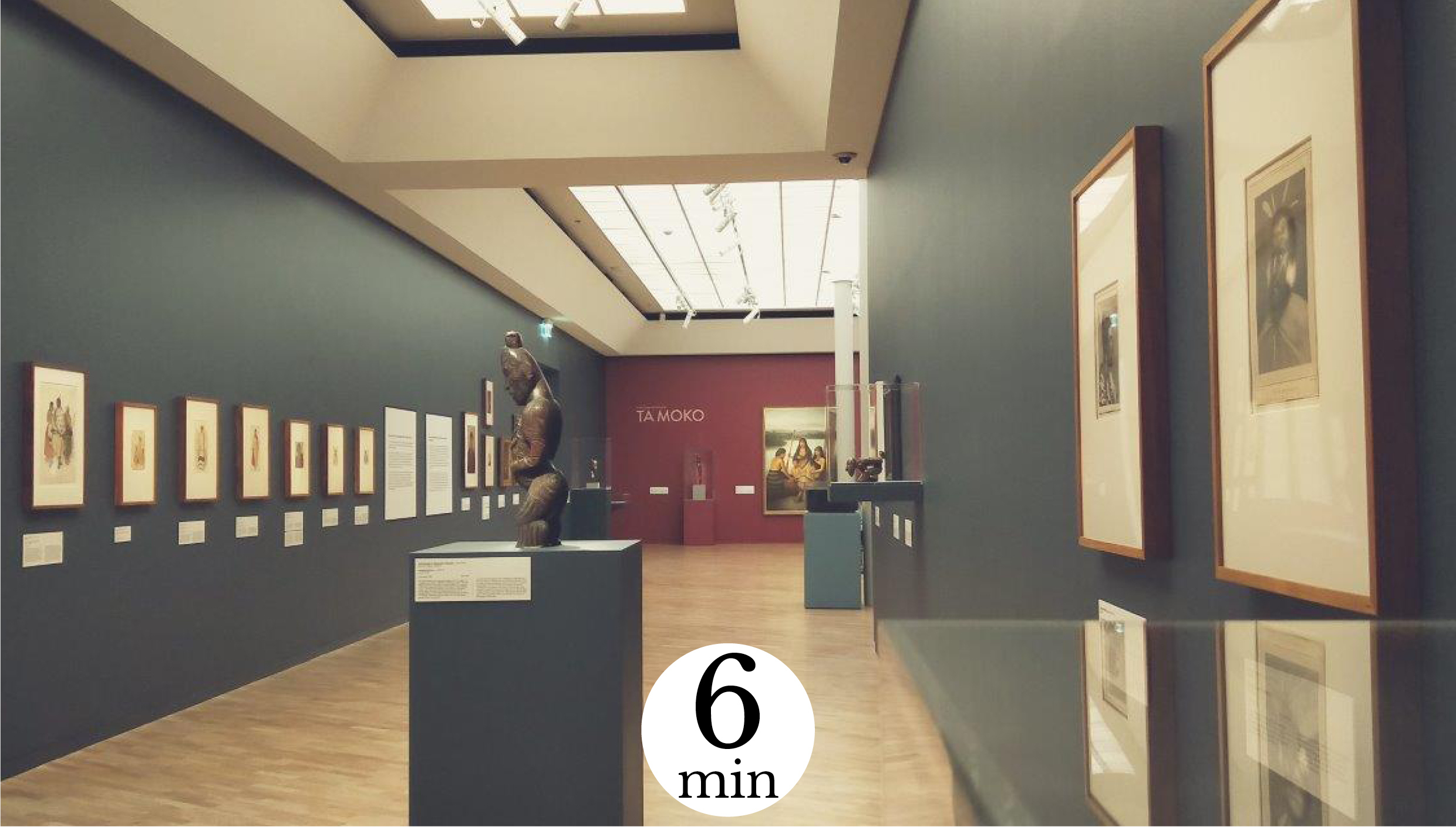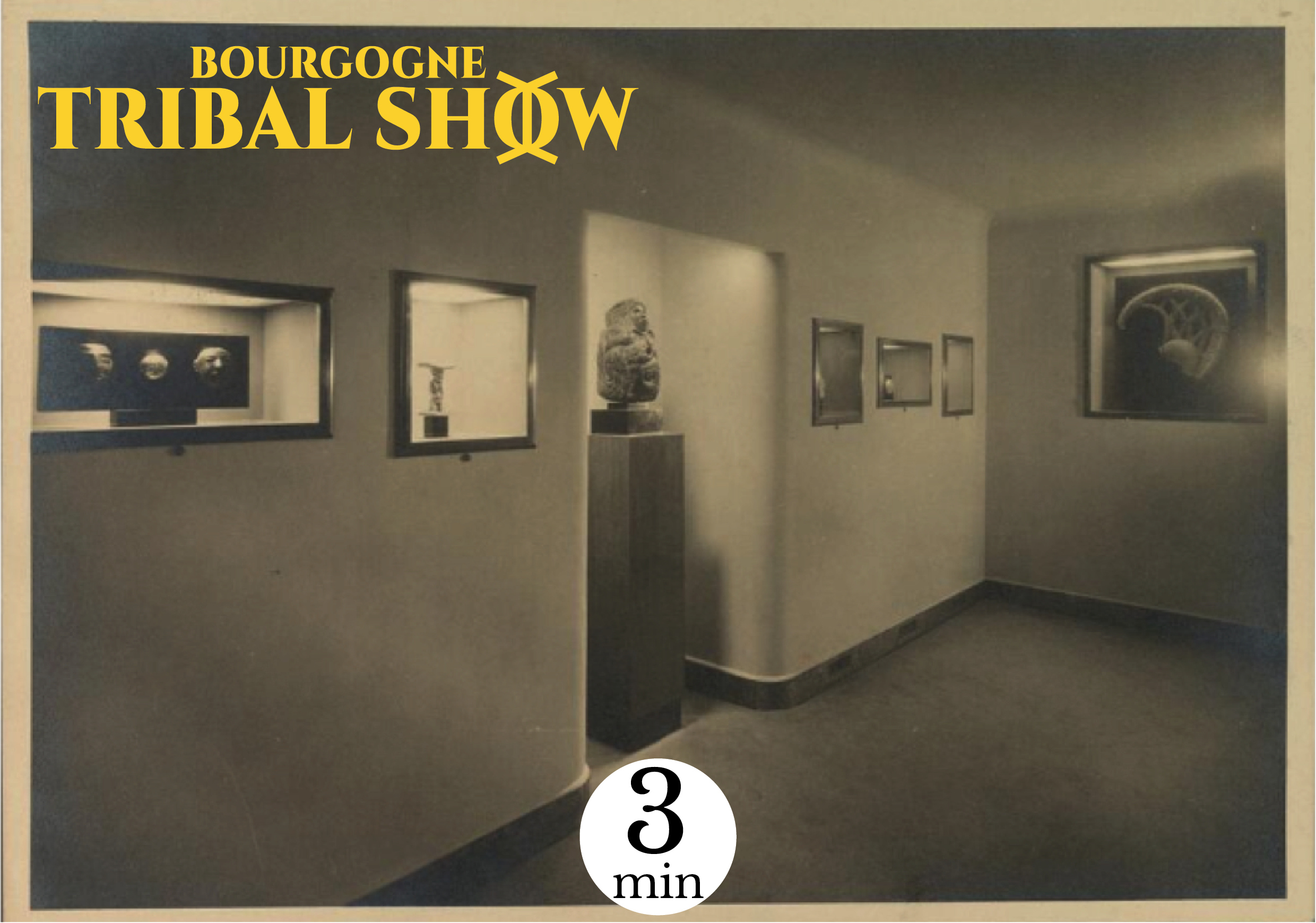*Switch language to french for french version of the article*
In last week’s article, CASOAR presented the exhibition À toi appartient le regard (…) et la liaison infinie entre les choses (musée du quai Branly - Jacques Chirac) which focuses on contemporary photography. We mentioned several artists who use their art as a platform to discuss the environmental changes caused by pollution and global warming. Today, we are having a look at some Pacific contemporary artworks that deal with these themes. Read More


